Danse Arabe - A Postcard From Egypt
- Fanoos Magazine Oriana

- Sep 15, 2022
- 3 min read
Updated: Jun 10, 2023
by Dawn Devine
“Danse Arabe”, a postcard from my collection hangs in a frame on my desk. Its lovely composition is quite appealing, and between 1900 - 1915 many different Cairo-based postcard publishers used this image. This particular image was popular with tourists and consequently, was widely reproduced and frequently purchased by travelers to Egypt.
So many versions of this postcard were made, that with a quick google image search, you can probably find this vintage postcard available for sale today. This particular version was published before 1906 when there was a significant change in postcard design. Pre-1906, there was one wide set of lines across the back. After 1906, postcards have a split back with writing space on the left, and room for the address on the right.
Maison Bonfils
Unlike many postcards from Egypt, this famous image was taken by a well-known photographer, Félix Bonfils (1831-1885). Bonfils was a French-born photographer who opened a studio in Beirut in 1867. “Maison Bonfils” was initially known for its stunning landscape and architecture. You could purchase his images as individual prints, image collection folios, stereographs, and in books.
“Maison Bonfils” was a family business. Félix’s wife Lydie and later their son Adrien participated in the production of images. Individually printed albumen prints were simply marked “Bonfils.”
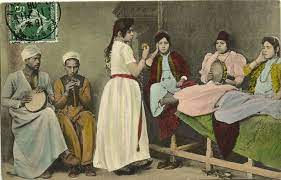
Throughout the last half of the 19th century, as transportation technology improved, Félix Bonfils turned his attention to producing more travel-centric imagery. He embarked on several long photo junkets throughout the Eastern Mediterranean from Istanbul to Egypt. He was very productive, and in the mid-1870 his studio held more than 15,000 photographs and 9000+stereoscopic views.
Paris World’s Fair 1878
The work of Maison Bonfils was presented at the Exposition Universelle du Paris in 1878. Félix Bonfils published a five-volume book collection entitled, “Souvenirs d’Orient.” Egypt and Nubia are contained in Volumes I & II. These books were a huge hit at the fair, and they won a medal for their work.
At this point, Bonfils fame exploded. The little family business of Maison Bonfils expanded to include a printing/publishing location at Alès, France to produce books and folios for sale throughout Europe. Bonfils also started selling images via dealers in tourist destinations from Istanbul to Cairo.
Danse Arabe Postcard
The image on the Danse Arabe postcard appears as early as 1878 as albumen prints with the hallmark Bonfils. At some point in the 1890s when the picture postcard industry was just beginning, Maison Bonfils sold a large collection of images to the Cairo-based company of Lichetenstern and Harari. Early postcards featured both their names. Later postcards simply say L&H.
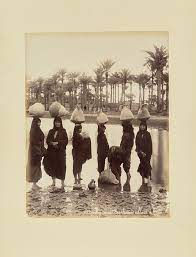
Later, this photo asset was folded into the “The Cairo Postcard Trust” what was listed in Cairo directories as trader and commission agents; illustrated postcards, graphic trade.” So versions of this postcard will appear with the Cairo Postcard Trust hallmark as well.
Postcards as Historical Documents
Since we know the postcard “Danse Arabe” was taken in the 1870s, an obvious new question arises, “Can we trust postcards to serve as historical documents?”
Based on a couple of factors, I believe the answer is yes.
Tourists purchasing postcards to either send to far-flung destinations or to save in their travel journals picked up images they found appealing to their eye and helped “tell the story” of their trip. These postcards serve as eyewitness accounts.
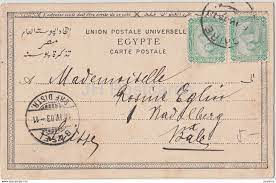
Even though this image was taken 30-35 years before the great rush of postcard production, the image was considered both timely and relevant to the purchaser. We can draw the inference that if they had seen a music and dance performance, it would have looked similar. The tourist would understand the story the picture is conveying. The purchaser could then use the image in an illustrative manner to share their experience.
“I saw a show and it looked similar to this.”
-----
Images:
Photo 1 - “Danse Arabe” postcard front - Collection of the Author
Photo 2 - “Danse Arabe” postcard back - Collection of the author
Photo 3 - Maison Bonfils albumen print - Sursock Museum
https://sursock.museum/content/listening-through-lens
Photo 4 - Maison Bonfils Paysannes égyptiennes allant à l'eau - Getty Museum
https://www.getty.edu/art/collection/object/1092YB
Photo 5 - “Almeh” postcard front - Collection of the Author
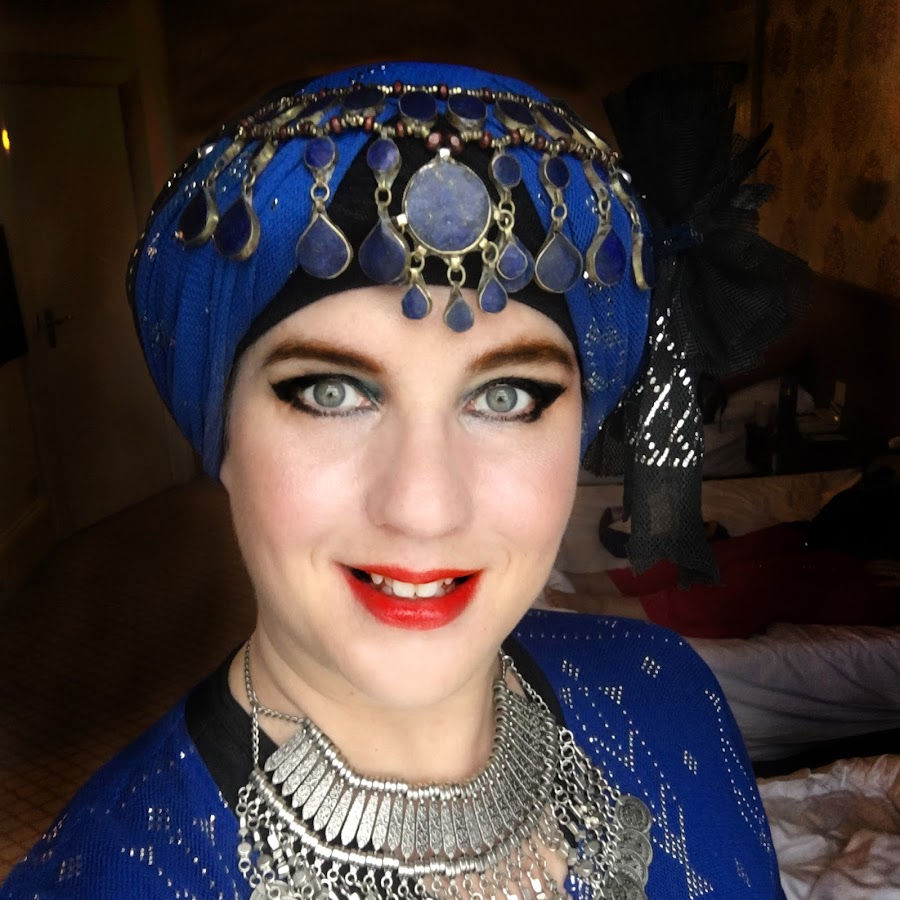
Dawn Devine aka Davina is a belly dance costume historian who uses art historical methodology and interdisciplinary research to identify and date visual ephemera between 1850 - 1925. She’s written many books on belly dance costume and design including “Embellished Bras” and “The Cloth of Egypt: All About Assiut.” You can find more information about Dawn and her ongoing research on her website www.davina.us


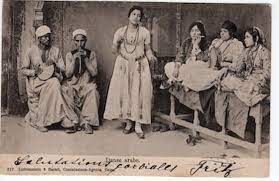


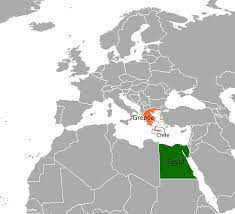


Comments